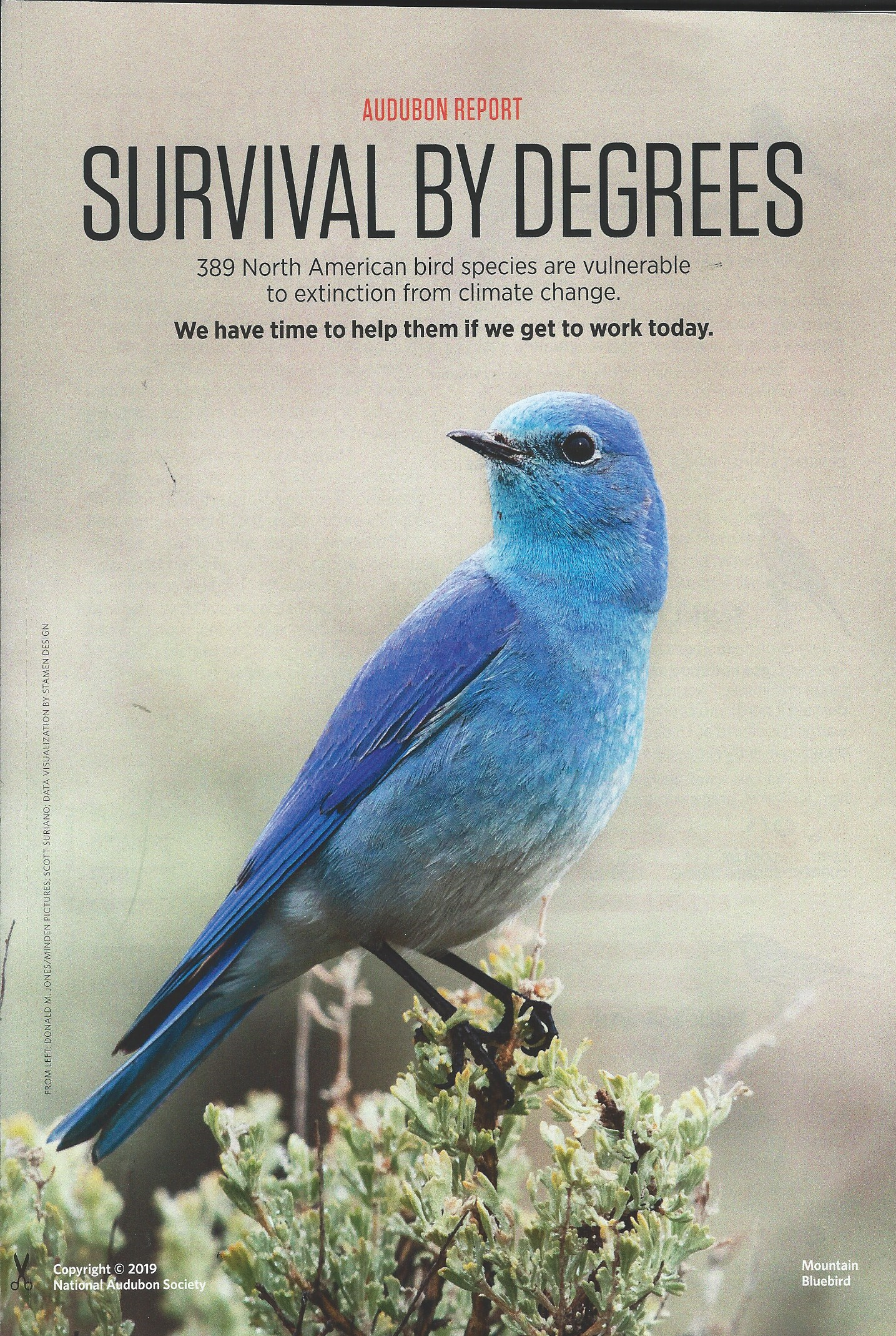Birds and Climate Change: Resources and Actions
By Lee Ann Landstrom, MRVAC board member at large
Birders and conservationists were dismayed to hear in September 2019 that one in four birds, i.e. three million North American birds, have disappeared since 1970 (Ken Rosenberg, Cornell Lab of Ornithology and other partners). There is a 14 percent decrease in spring migrants in just the past 10 years.
Climate change has had, and will no doubt have, a larger impact on bird populations. Two-thirds of North American birds are at an increased risk of extinction from global temperature rise. In fall 2019, the National Audubon Society took 140 million observations and determined where 604 North American bird species live today. They then used climate models to predict how each species’ range will shift in the future. The conclusion: To survive, most birds need to adapt, including relocating to new favored habitats.
At-risk habitats, such as grasslands, Arctic tundra and deciduous forests have had the greatest population losses, up to 50 percent. But habitat loss alone doesn’t explain such widespread population declines. Joining habitat loss as avian population drivers are pesticide use, insect declines, overwintering locations, outdoor cats and building collisions. (See https://www.3billionbirds.org/.) The National Audubon Society has dedicated part of its impressive, interactive website https://www.audubon.org/climate/survivalbydegrees (called Survival by Degrees: 389 Bird Species on the Brink) that shows:
- Current ranges by season and future range shifts or loss.
- A “Climate Visualizer.” Enter your ZIP code or state to discover Minnesota’s 55 highly vulnerable, 63 moderately vulnerable, four lower vulnerable, and 56 stable bird species. At 1.5◦ C increase, our beloved Trumpeter Swan will lose 75% of its southern Minnesota range.
- Line charts illustrate how groups of birds will be affected by various increases in temperature.
- Last, explore your favorite species and see how factors such as wildfires, heat waves, heavy rain and urbanization) will affect them.
The National Audubon Society has a fine website on how you can help birds. https://www.audubon.org/climate-action-guide Suggestions in their Climate Action Handbook, (which has a depth of tips, articles, and actions in each of four categories): start the conversation, lead your community, rebuild the machine and join a national cause. It provides some examples: advocate to expand U.S. renewable energy; work locally on climate issues; write letters; and modify your house and vehicles.
Another good activity is to plant native plants in your yard or community garden. When MRVAC next meets, pick up some literature, especially the new Wild Ones’ new booklet, Attracting Birds to Your Garden with Native Plants to help guide your native plantings. National Audubon also has an interactive native plants database https://www.audubon.org/plantsforbirds that suggests specific plant species and nursery sources in Minnesota.
Want to do something to help birds? Now you've got the tools, and this is the time to start.


